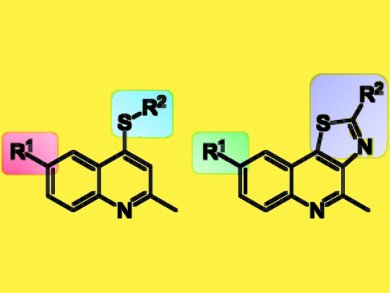Despite the availability of treatments for tuberculosis (TB), the threat this disease represents is still a painful reality for the ten million people infected and the two million that die each year. TB also represents an escalating threat to global health, with an increased prevalence of multidrug-resistant (MDR) TB strains, which are resistant to at least the two main first-line TB drugs isoniazid and rifampicin, and extremely drug-resistant (XDR) TB strains, which are also resistant to three or more of the six classes of second-line drugs.
Through a screening campaign, Lluís Ballell and colleagues, GlaxoSmithKline, Madrid, Spain, discovered two new families of closely related selective, non-cytotoxic, and potent antitubercular agents: thioquinolines and thiazoloquinolines. The compounds possess polysorbate (Tween) 80-dependent in vitro anti-mycobacterial activity..
A medicinal chemistry effort was then undertaken to generate lead-like structures to enable murine efficacy studies and help elucidate the in vivo implications of the in vitro observations. Although the final compounds showed only limited levels of systemic exposure in mice, modest levels of efficacy in vivo at nontoxic doses were observed.
- 4-Substituted Thioquinolines and Thiazoloquinolines: Potent, Selective, and Tween-80 in vitro Dependent Families of Antitubercular Agents with Moderate in vivo Activity,
Jaime Escribano, Cristina Rivero-Hernandez, Hilda Rivera, David Barros, Julia Castro-Pichel, Esther Perez-Herran, Alfonso Mendoza-Losana, Inigo Angulo-Barturen, Santiago Ferrer-Bazaga, Elena Jimenez-Navarro, Lluís Ballell,
ChemMedChem 2011, 6, 2252–2263.
DOI: 10.1002/cmdc.201100309




